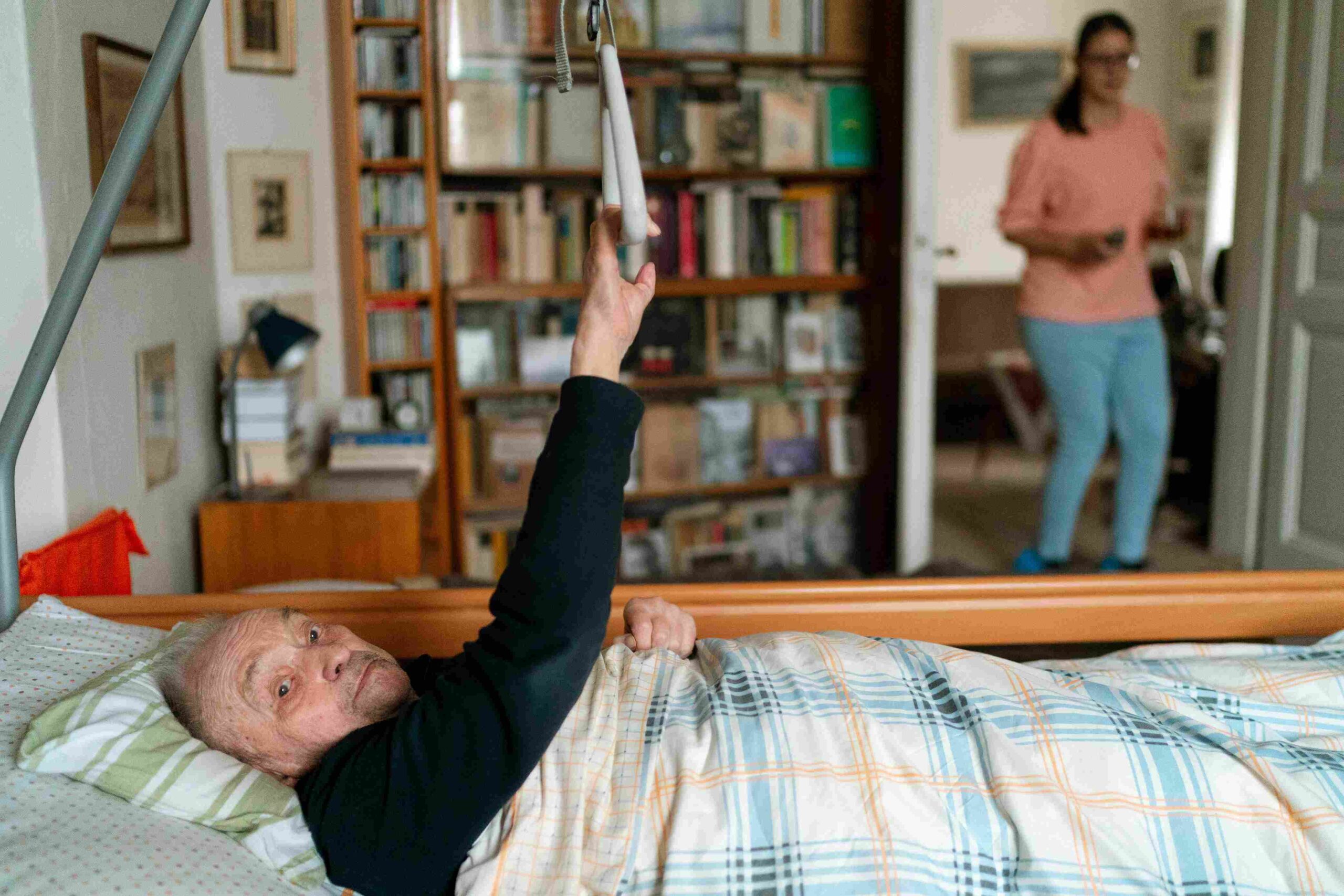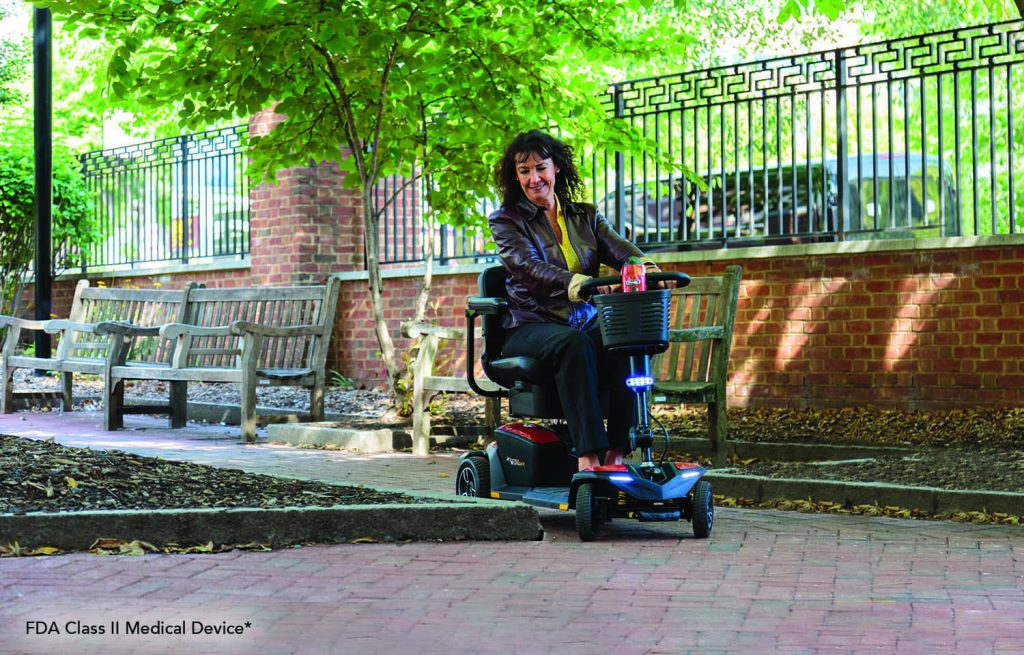For patients with limited mobility, a Hoyer lift can be a crucial tool for safe and comfortable transfers. Having worked with patient transfer systems for over 15 years, I’ve seen firsthand how these devices can enhance quality of life while ensuring safety for both patients and caregivers. However, understanding how to use a Hoyer lift effectively requires some preparation and knowledge. In this guide, I’ll explain what to expect when using a Hoyer lift, provide safety tips, and offer practical advice to make patient transfers smooth and secure.
What is a Hoyer Lift and How Does it Work?
A Hoyer lift (also known as a patient lift) is a mechanical device designed to help caregivers safely transfer patients with limited mobility from one place to another, such as from a bed to a wheelchair or a chair to a bathtub. It reduces the risk of injury for both the patient and caregiver by providing a stable lifting mechanism.
Components of a Hoyer Lift:
- Base with Casters: Provides mobility for the lift and is typically adjustable to fit under furniture.
- Hydraulic or Electric Pump: Powers the lifting arm, allowing the device to lift and lower the patient.
- Sling: A supportive fabric that cradles the patient and attaches to the lift’s arm.
- Lift Arm: The part that hoists the patient up and down, connected securely to the sling.
1. What to Expect When Using a Hoyer Lift
Understanding the process of using a Hoyer lift helps build confidence in both patients and caregivers. Here’s what you can expect:
a. Preparation is Key
Before beginning a transfer, ensure that:
- The lift is assembled correctly and inspected for any issues such as loose bolts or worn-out slings.
- The patient is aware of the process and feels comfortable with the transfer, helping to reduce anxiety.
b. Placement and Safety Checks
- Position the lift’s base under the patient’s bed or chair and lock the wheels to ensure stability.
- Attach the sling securely to the lift arm using hooks or loops as indicated by the manufacturer.
c. Smooth Lifting and Lowering
Whether using a hydraulic or electric lift:
- Pump the lift slowly to raise the patient until they are fully supported by the sling and off the surface.
- Move the lift with care to avoid sudden movements that could startle the patient or compromise stability.
2. Essential Tips for Safe Operation
Ensuring safety during transfers is paramount. Here are my top tips for using a Hoyer lift safely:
a. Proper Sling Selection
Choosing the right sling for your patient’s needs can make a significant difference in comfort and security. Common sling types include:
- U-Slings: Ideal for seated transfers as they provide full back support.
- Full-Body Slings: Provide comprehensive support for patients who need more stability.
Tip: Always double-check that the sling is intact, free of rips or tears, and the correct size for the patient.
b. Maintain Open Communication
- Talk to the patient throughout the process, explaining each step to keep them informed and at ease.
- Watch for signs of discomfort, and pause the transfer if adjustments are needed.
c. Clear the Path
Ensure that the route between the starting and destination points is free from obstacles. This helps prevent accidents and allows the lift to move smoothly.
3. Positioning the Patient Properly
Proper positioning is essential for comfort and safety during transfers. Here’s a step-by-step approach:
- Place the Sling Correctly: Slide the sling under the patient by rolling them gently from side to side or using a side-laying method.
- Attach the Sling to the Lift Arm: Securely attach each loop or strap of the sling to the lift hooks according to the patient’s weight and size.
- Center the Patient: Ensure the patient is centered and balanced in the sling before lifting.
4. Selecting the Right Type of Hoyer Lift
There are different types of Hoyer lifts to suit various needs:
a. Manual Hydraulic Lifts
- Advantages: Affordable and easy to operate.
- Ideal For: Patients who do not need frequent transfers or where power sources may not be readily available.
b. Electric or Battery-Powered Lifts
- Advantages: Offer smoother, more controlled lifting with less physical effort from the caregiver.
- Ideal For: Frequent transfers and patients who need a gentler, consistent lift.
5. A Caregiver’s Checklist for Using a Hoyer Lift
To ensure you’re using a Hoyer lift effectively, refer to this caregiver’s checklist:
- Inspect the Equipment: Check the lift, arm, and sling for any signs of wear or damage.
- Test the Lift Mechanism: Ensure the hydraulic pump or electric motor is functioning properly.
- Confirm Sling Placement: Make sure the sling is fitted securely and comfortably around the patient.
- Lock Wheels Before Lifting: Secure the lift’s wheels to prevent unintended movement.
- Communicate and Reassure: Keep the patient informed and reassured during the transfer.
Maintaining Patient Comfort and Safety
To enhance patient comfort, consider these tips:
- Adjust the Sling: Position the sling so it doesn’t bunch up or create pressure points.
- Use Padding if Needed: Extra padding can help distribute weight evenly and prevent discomfort.
- Move Slowly: A slow, steady lift reduces anxiety and ensures safety.
FAQs
1. Can one person operate a Hoyer lift, or is assistance needed?
While some lifts can be operated by a single caregiver, it’s safer to have an extra person available, especially for patients requiring more support.
2. How often should slings be replaced?
Replace slings as needed, typically every 6-12 months or sooner if signs of wear are present.
3. What is the weight capacity of a standard Hoyer lift?
Most standard Hoyer lifts can accommodate 300-400 pounds, but bariatric models can support higher weights.
4. Are there any specific training requirements for using a Hoyer lift?
While training isn’t legally required, many facilities offer training sessions or certification courses to ensure safe use.
5. How can I make the transfer more comfortable for the patient?
Communicate during each step, use a well-fitted sling, and ensure the lift moves at a steady pace.
Conclusion: Using a Hoyer Lift with Confidence
Understanding what to expect and following best practices can make using a Hoyer lift a safer and more comfortable experience for both patients and caregivers. By selecting the right equipment, positioning the patient properly, and maintaining open communication, transfers can become smoother and less stressful. With these insights and practical tips, caregivers can feel confident in their ability to manage patient transfers effectively and compassionately.






